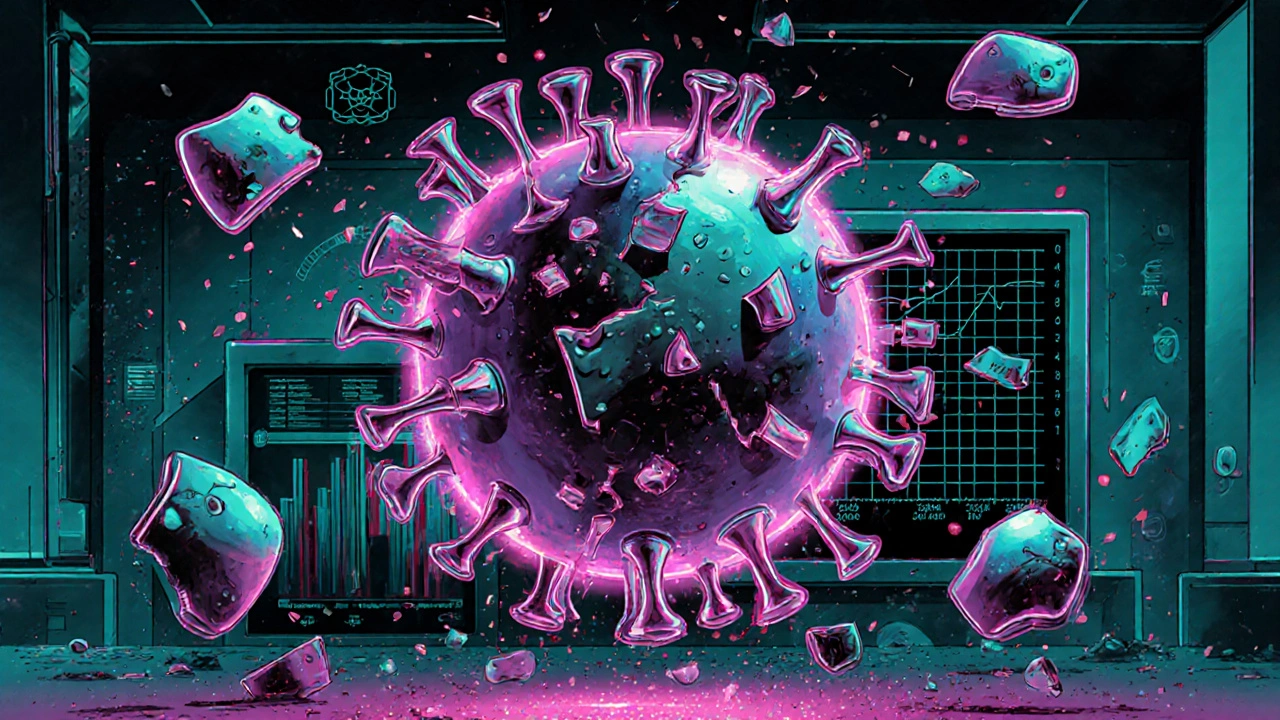HIV Treatment Guide: What Works and How to Stay on Track
If you or someone you know is living with HIV, figuring out the right treatment can feel overwhelming. The good news? Modern antiretroviral therapy (ART) has turned HIV from a death sentence into a manageable condition for most people. Below you’ll find straight‑forward explanations, practical tips, and the newest drug combos that are making waves in 2025.
How Modern Antiretroviral Therapy Works
ART isn’t a single pill; it’s a mix of medicines that block the virus at different stages of its life cycle. The most common backbone today includes two nucleoside reverse transcriptase inhibitors (NRTIs) paired with a third agent—either an integrase strand transfer inhibitor (INSTI) or a protease inhibitor (PI). INSTIs, like dolutegravir or bictegravir, are popular because they’re potent and usually cause fewer side effects.
When you stick to the regimen, the virus stays at undetectable levels, which means two big things: your immune system stays healthier and you can’t pass HIV to a partner (U=U). The key is consistency—missing doses lets the virus bounce back and can lead to resistance.
Choosing the Right Regimen for You
Everyone’s body reacts differently, so the “best” regimen is the one that fits your lifestyle, health profile, and any other meds you’re taking. Here are three things to consider:
- Side‑effect profile: Some people get mild nausea with certain NRTIs, while others find weight changes with newer INSTIs. Talk to your doctor about what side effects you can tolerate.
- Convenience: Fixed‑dose combos like Biktarvy (bictegravir, emtricitabine, tenofovir alafenamide) let you take just one pill a day. Fewer pills = easier routine.
- Kidney and liver health: If you have chronic kidney disease, your doctor may steer you toward tenofovir alafenamide (TAF) instead of tenofovir disoproxil fumarate (TDF), which is gentler on the kidneys.
Don’t forget to bring up any other conditions—like hepatitis B, mental health meds, or cardiovascular drugs—because interactions can change which regimen works best.
Another tip: set up reminders. Whether it’s a phone alarm, a pill box, or an app, having a cue helps you stay on schedule. If you travel, ask your pharmacy for a few extra pills so you don’t run out mid‑trip.
Regular lab checks are part of the plan. Every 3‑6 months, your doctor will look at viral load, CD4 count, and kidney/liver labs to make sure everything’s on track. If your virus becomes detectable or you notice new side effects, adjustments can be made quickly.
Lastly, don’t ignore the mental side of treatment. Living with HIV can bring stress, anxiety, or stigma. Counseling, support groups, or even a trusted friend can make the daily routine feel less lonely.
Bottom line: modern HIV treatment is safe, effective, and designed to fit real life. By understanding how ART works, picking a regimen that matches your needs, and staying consistent, you can keep the virus suppressed and live a full, healthy life.
Darunavir vs Other Protease Inhibitors: Which HIV Treatment Works Best?
Darunavir is one of the most effective protease inhibitors for HIV, especially for those who've tried other drugs. Learn how it compares to lopinavir, atazanavir, and newer treatments in terms of effectiveness, side effects, and long-term safety.
Breaking the Stigma: Abacavir and Modern HIV Treatment Realities
Explore the stigma around abacavir in HIV care, demystify its use, side effects, and share how open conversations can help people living with HIV thrive.

